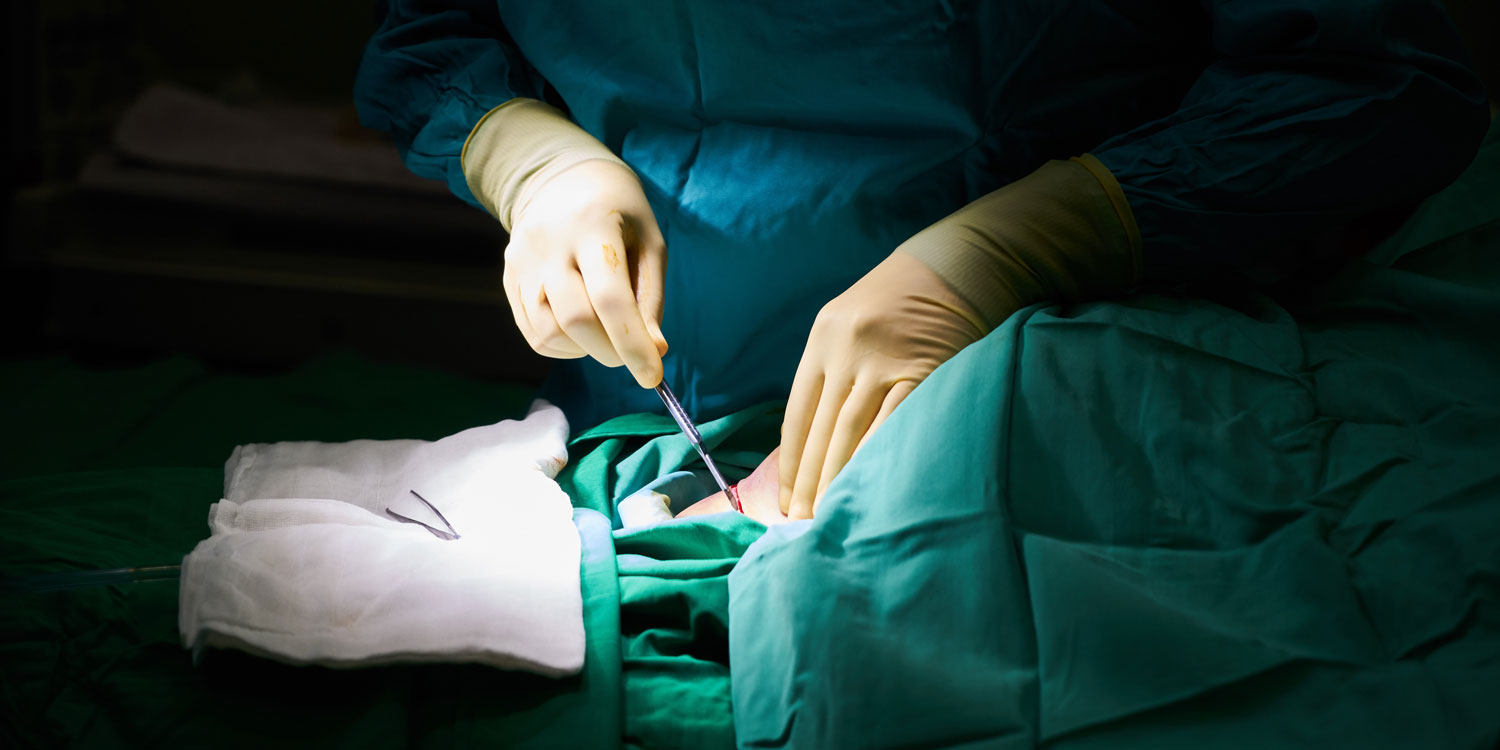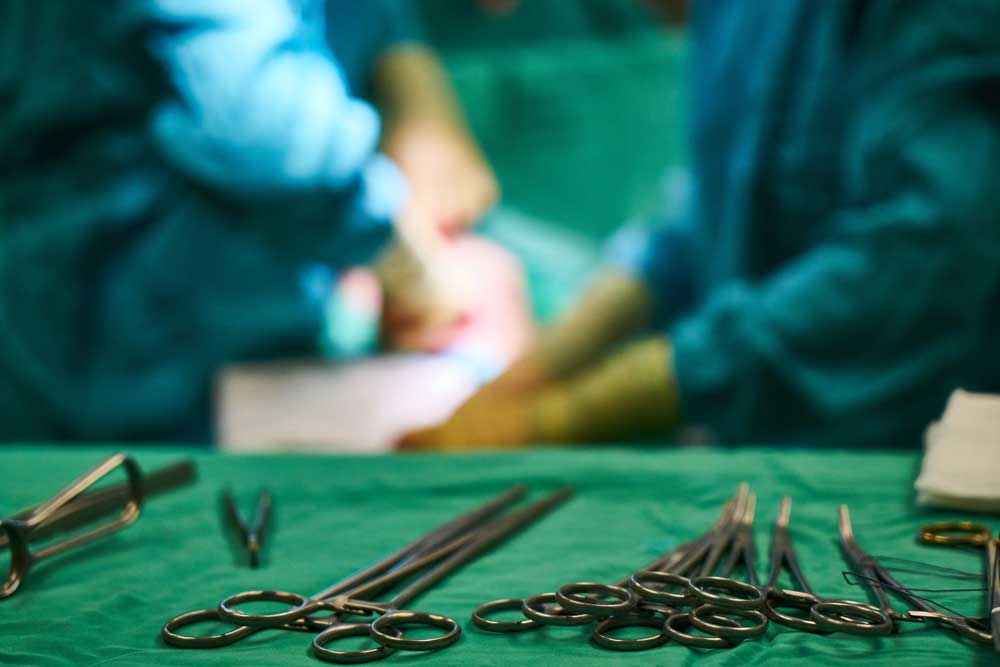Review
The previous article introduced the features and applications of precipitation hardening (PH) stainless steel. This article will discuss the application of PH stainless steel further in minimally invasive surgery.

Background Information
As the medical community continues to improve the treatment of diseases, the traditional open surgical treatment model has been affected. Minimally invasive surgery has become an important trend in the development in the 21st century. New treatments place new demands on surgical instruments. For example, minimally invasive surgery is conducted using a device with a miniature camera and related instruments. The cold light source is used for illumination during operation, lens with a diameter of about 10 mm is inserted into the cavity, and digital camera technology is used to display the image captured by the lens on a dedicated monitor. The doctor analyzes and judges the patient's condition through the image displayed on the monitor screen, and uses special instruments to perform the operation. It is an operation of less incisional wound and less pains.
Why 17-4PH?
Minimally invasive surgical instruments are divided by functions into charged and uncharged categories. The head end of the device has different types of clamps, scissors, hooks, rods, knives, etc. according to clinical needs. Among them, the electrified minimally invasive device is not only capable of capturing human tissue, but also capable of cutting and coagulation hemostasis. Minimally invasive instruments have the similar use conditions like high-frequency electrosurgical instruments, i.e., doctors can choose to operate with either power-up or power-down mode according to clinical needs.
In order to secure good performance, instrument must meet the requirements of hardness and wear resistance, whether on power-up or power-down mode. However, on a power-up mode, the tip end of the minimally invasive device can withstand a high temperature of 150 ° C or higher (temperature is subject to conduction time ). Products made of ordinary stainless steel fail due to heat softening at the head end and surface bonding. However, 17-4 PH stainless steel works perfectly well, because its substrate hardness remains unchanged under temperature below 480 °C. Besides, it has good corrosion resistance. Clinical application shows minimally invasive instruments made by 17-4PH has conspicuous advantages like high temperature resistance and non-bonding, which improves the instrument performance significantly and prolongs its service life.
Related
- Medical Applications of Precipitation Hardening Stainless Steel (Ⅰ)
- Medical Applications of Precipitation Hardening Stainless Steel (Ⅲ)
Contact
CIVMATS Co., Ltd. produces high-value stainless steel raw materials. If you want to know more about stainless steel, please keep following us. Any requirements or questions about stainless steel, call CIVMATS!
- Company: CIVMATS CO., LIMITED
- Phone: 86-519-81809659
- Fax: 86-519-81809959
- Email: sales@civmats.com
- Address: 10th Floor, Xin Cheng Nan Du, Wujin District, Jiangsu, China
- Website: www.civmats.com

